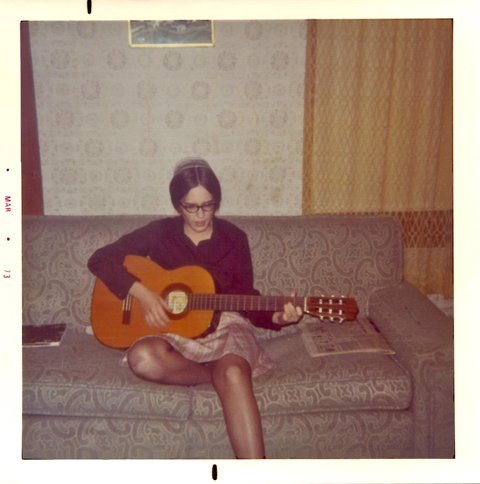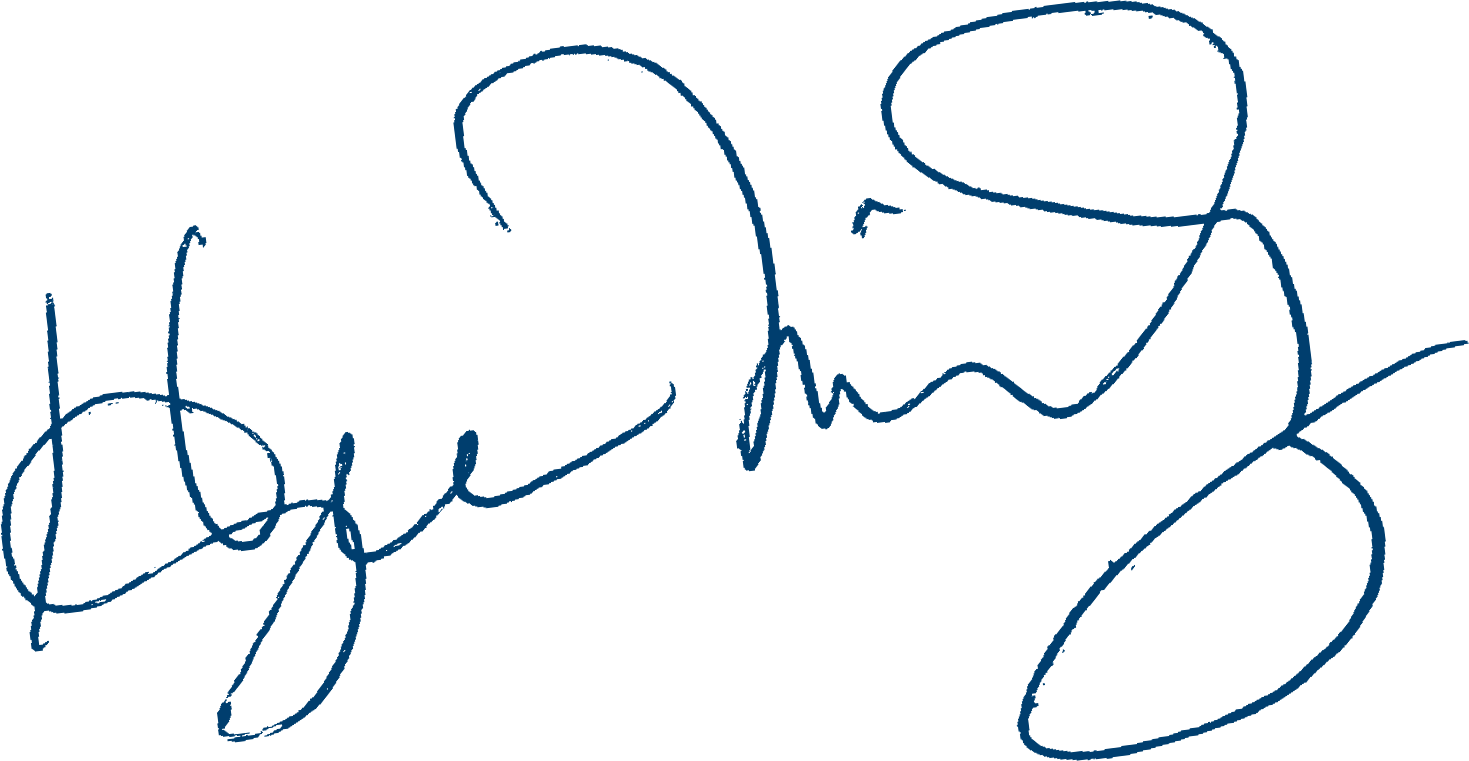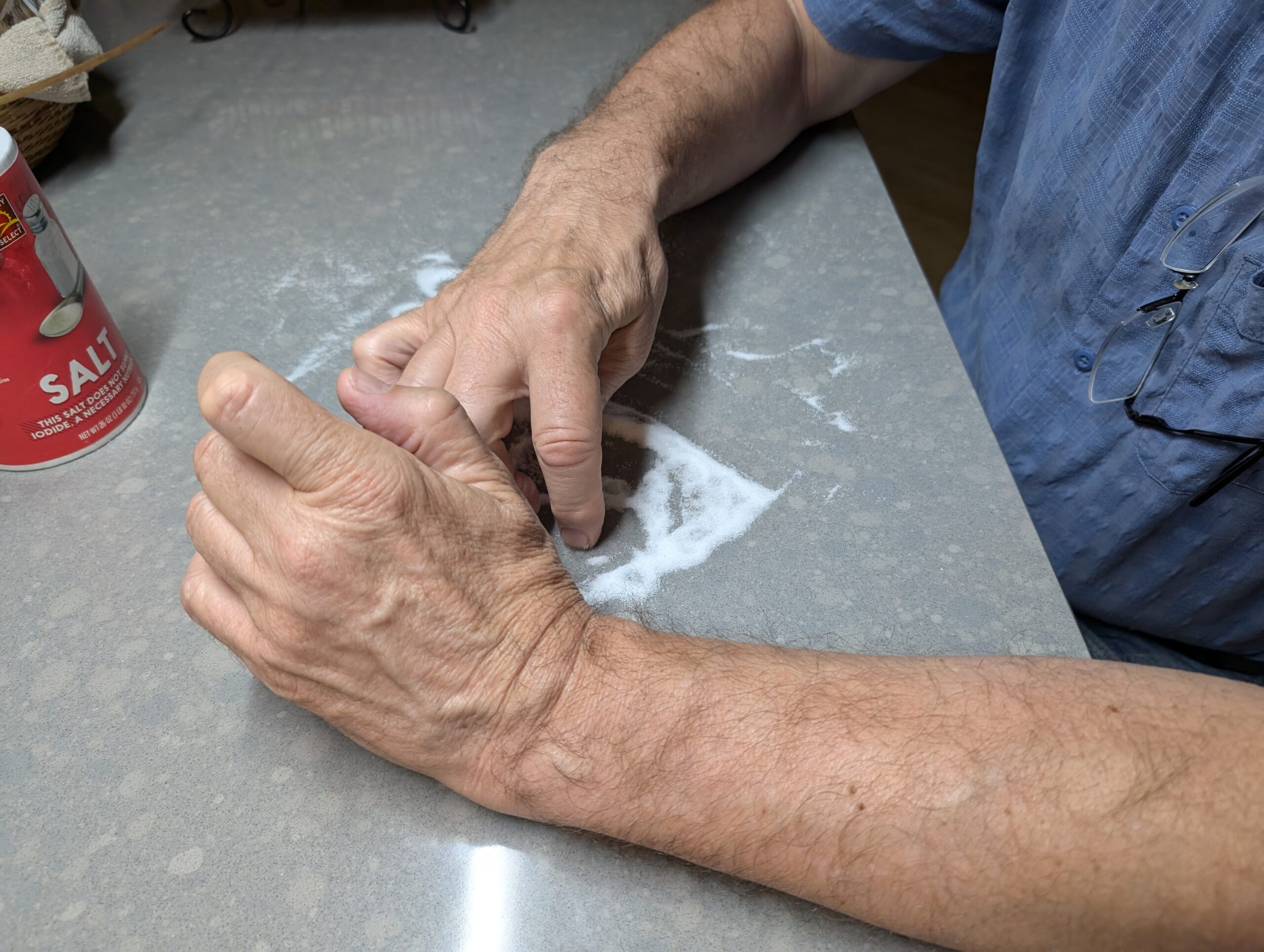50 Give or Take, May 9, 2025 A pastor and social activist for his lifetime,…

“The Things She Read”
Greenlight Magazine, Spring 2024
All her life she had believed in something more,
in the mystery that shape-shifted at the edge of her senses.
–Eowyn Ivey, in The Snow Child
Learning to read was a bit of a rush for the sheltered sensitivities of one five-year old Mennonite farm girl. It fanned within her the flames of adventure, the hidden secrets of empathy, the heady power of words. Even the simplified lives and stilted dialogue of Dick, Jane, and Sally were windows into unknown worlds. She read and re-read The Girl with Seven Names and Thee Hannah. It was years before she understood the historical milieu of these young Quaker girls. She just knew that she loved their spunkiness and identified with Hannah’s dislike of her bonnet.
She made short work of the books in the libraries of home, one-room country school, and church. Their small-town library was a single room in an abandoned store front ten miles from home. Her parents bought what books they could afford, both classical and Christian kid’s lit, books like Tom Sawyer, Call It Courage, and The Sugarcreek Gang. She was particularly fond of any book where children romped across meadows, waded in streams, explored forests, or rowed across small ponds or ocean inlets. Adventure and travel were an integral part of her literary appetite, while in real life she hated all things with weeds, bugs, water, or boats. Truth be told, she harbored an inordinate fear of drowning, but she loved to read about children who knew how to maneuver a scow, skiff, or canoe. Getting lost (and then found) in wilderness or cave provided all the requisite shivers and ecstasy of a horror story.
She gravitated toward Frank and Joe Hardy; they could, it seemed, get just a bit dirtier and run a little wilder than Nancy and George. The same held true with Little Women and Little Men. She fancied herself a detective with Encyclopedia Brown, an inventor with Alvin Fernald, and a writer/adventurer with Henry Reed. If a book included a map she was hooked. The best way to beat the oppressive mugginess of an Iowa summer was to lie on a blanket in the lawn, dreaming of adventures in forest, swamp, or haunted house while brushing off ants and watching out for the ubiquitous garter snakes.
In second grade, she left the comfort of her one-room schoolhouse for a long bus ride to town, which gave her more time to read. Her favorite time of the month was the arrival of the Scholastic Book Club list when she could purchase small, poorly-bound paperbacks for a dime or a quarter. She counted each penny from her weekly allowance and bought as many as possible. The newsprint booklist was in shreds long before she placed her order. She mostly bought biographies, and the lives of famous people unfolded before her: Helen Keller, Robert Kennedy, Martin Luther King, Jr.
In junior high, her best friend gave her copies of Catcher in the Rye and Catch 22, which held her captive, “blew her mind.” Her high school English teacher introduced her to Carson McCullers and she hunkered down in lonely isolation alongside Frankie Adams. Literature became more than a mystery or an adventure. It held her hand through an extended period of adolescent depression and identity crisis. At her older brother’s college apartment, she read thick tomes about the Kent State massacre and the Vietnam War.
She dreamed about college but was convinced she wasn’t smart enough. Plus, she didn’t want to teach or become a nurse or a social worker, and what else was open to a girl? While wandering through a local used bookstore, she and her cousin picked up Our Bodies, Ourselves and found pleasure with the aid of her new-found knowledge—and mirrors. During a backpacking trip across Europe with this same cousin, she read Kurt Vonnegut and Bertrand Russell on the recommendation of her cousin’s boyfriend. Questions began to solidify in her mind.
When she returned home, she squelched her self-doubts and enrolled at the state university to study history and religion. Her professors assigned Siddartha and The Immense Journey, Kafka and Potok, Tillich and Kierkegaard. As she had been enlightened about her body, she was now tuning in to alternate world views. When her history professor taught herstory, (while battling obnoxious boys unwilling to learn from a woman) she discovered Sojourner Truth, Ida B. Wells Barnett, Rosie the Riveter, Rani Lakshmi Bai of Jhansi, and The Feminine Mystique.
A friend suggested that she lighten up and read more novels, so she turned to The Color Purple, Toni Morrison, Martha Quest, and John Irving, while continuing to read Adrienne Rich and Gerda Lerner. She walked in Take Back the Night rallies and anti-nuclear marches; she attended conferences on women and society; she sat topless in the sun with friends at women’s concerts. She pondered every lyric ever written and sung by Ferron.
When friends’ bookshelves began to include What to Expect When You Are Expecting, she pursued a graduate history degree, perusing Joan Scott, Jill Ker Conway, and John Hope Franklin. She was nearly forty before becoming the mother of two pre-teenagers, when she immersed herself in The Primal Wound. Over the following decade, all she time for were books on bipolar disorder as she navigated the rough waters of her daughter’s adolescence. When late-night worries hampered sleep, she searched for momentary solace in The Bean Trees, then further depressed herself with Backlash, while wondering where her ideals and her life had gone. Through all of it she steered clear of those ubiquitous self-help books which, quite frankly, simply irritated her.
When space finally opened up to read for pleasure, she was saddened to find that she fell asleep far too quickly, which did nothing to shrink the tower of books teetering by her bed. She laughed at the world with Anne Lamott, was motivated into action by Half the Sky. She and her husband began to read the American classics of literature together, something both had missed in their early education: Hemingway, Fitzgerald, Updike. She quickly concluded she had not missed all that much and returned to writers who she, quite frankly, found more stimulating, authors like Miriam Toews or Chimamanda Ngozi Adichi.
At sixty she became a precinct coordinator, began to register voters, and worked on local congressional campaigns while reading Timothy Snyder, Rebecca Solnit, and Dahlia Litwick. But at night she retreated into her bedroom to lay down beside her stack of novels. She knew she’d never get to them all, but their mere presence gave her a feeling of hope and moments of contentment, aided by the calm meandering of Alice Munro stories.
Then one day, she began a search for some of her childhood favorites, savoring stories with the comfort of memory. She longed to lie down in the backyard again, doing battle with the ants while paddling a dory across an imaginary cove, oblivious to the world beyond her front door. All told, however, she was happy to be here in retirement, a time when she hoped to be able to read any hour of the day, while registering voters in her spare time.
By this time, she had learned that she’d never finish every book, climb every mountain, or solve all the world’s problems, but she also came to recognize how little it mattered, or rather, she began to understand what mattered most. As an old woman, she would choose her books, her mountains, and her battles carefully, as long as her mind, her eyes, and her legs hold out.




This Post Has 0 Comments